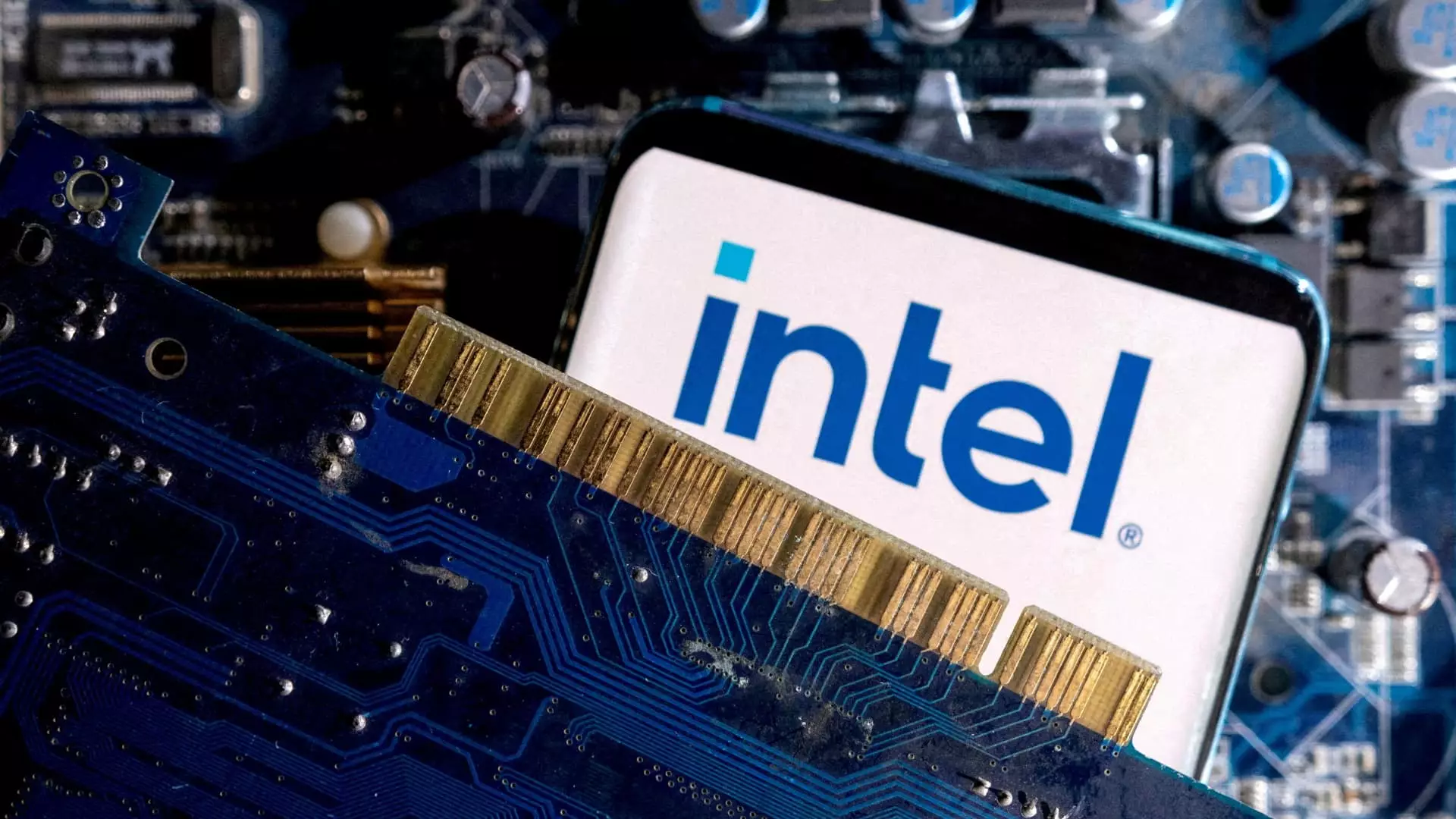Intel Corporation has seen a dramatic shift in stock price recently, climbing over 10% in a single day, primarily fueled by rumors reported by the Wall Street Journal. The whispers suggest that significant players in the semiconductor industry, namely Broadcom and Taiwan Semiconductor Manufacturing Company (TSMC), are contemplating bids that could reshape Intel’s operational structure. While these talks are still nascent and informal, the implications of such interest could prove pivotal for Intel, which has faced significant challenges in recent years, diminishing its stature in the market.
Broadcom seems to be eyeing Intel’s chip design and marketing operations, a segment that is critical for maintaining relevancy in the fiercely competitive semiconductor landscape. On the other hand, TSMC’s interest lies in Intel’s manufacturing facilities, presenting a different avenue for potential restructuring. The intrigue surrounding these discussions indicates a possible acknowledgment of Intel’s weakened competitive stance and the desperate need for a turnaround strategy. Although no formal bids have been filed, the nature of these discussions underscores a crucial moment for the company, where strategic partnerships or acquisitions could pave the way for recovery.
Despite the current optimism in share price, it is essential to recognize the broader concern surrounding Intel’s performance. The chipmaker has struggled significantly, witnessing a severe decline in stock value and market confidence, particularly against a backdrop of booming interest in artificial intelligence technologies that competitors have leveraged successfully. The company faced its worst trading day in five decades this past August, bringing to the forefront deeper issues such as operational inefficiencies and a failure to innovate at the required pace. The economic landscape for semiconductor companies has drastically transformed, and Intel’s lagging response has often placed it at a disadvantage.
Furthermore, Intel has experienced turbulence at the leadership level, with the ousting of CEO Pat Gelsinger in December due to underwhelming performance metrics. This shake-up highlights the urgency for visionary leadership capable of reimagining Intel’s strategic pathway in a rapidly evolving tech sector. Recent layoffs of 15% of its workforce signal not only an intent to streamline operations but also a response to the pressing need for fiscal responsibility amidst market volatility.
The 29% rise in stocks this year comes against a backdrop of a profound 60% slump in 2024, indicating volatility that has characterized Intel’s recent history. Potential bids from major players like Broadcom and TSMC could force a reevaluation of Intel’s core competencies and business strategy. The outcome of these informal discussions could instigate substantial changes within the company, possibly reinvigorating its operational ethos and positioning in a sector that, although fraught with challenges, continues to hold immense potential for growth. As these announcements unfold, stakeholders and analysts alike will closely watch whether Intel can navigate this critical juncture and emerge as a more resilient entity in the semiconductor landscape.

